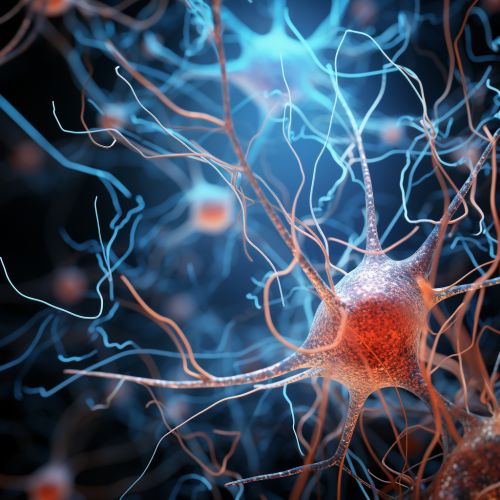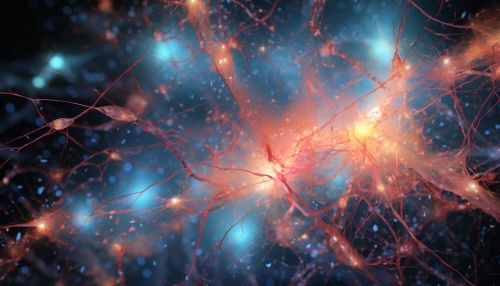Neurodegenerative Disorders
Introduction
Neurodegenerative disorders are a broad category of medical conditions that primarily affect the neurons in the human brain. Neurons are the building blocks of the nervous system which includes the brain and spinal cord. Once destroyed, neurons cannot be replaced by the body, and the resulting neurodegenerative diseases can cause problems with movement (Parkinson's) or mental functioning (Alzheimer's).


Classification
Neurodegenerative disorders are classified based on their etiology, the part of the nervous system that is primarily affected, and the key pathological or clinical features. They can be grouped into four main categories:
Protein Misfolding Diseases
Protein misfolding diseases are a common class of neurodegenerative disorders. They are characterized by the accumulation of misfolded protein aggregates in the brain. These include diseases such as Alzheimer's disease, Parkinson's disease, and Huntington's disease.
Tauopathies
Tauopathies are a class of neurodegenerative diseases associated with the pathological aggregation of tau protein in the brain. The most common tauopathy is Alzheimer's disease, but this group also includes Frontotemporal dementia and Progressive supranuclear palsy.
Synucleinopathies
Synucleinopathies are a group of neurodegenerative diseases characterized by the abnormal accumulation of aggregates of alpha-synuclein protein in neurons, nerve fibers, or glial cells. The most well-known synucleinopathy is Parkinson's disease.
Trinucleotide Repeat Disorders
Trinucleotide repeat disorders are a set of genetic disorders caused by trinucleotide repeat expansion, a kind of mutation where trinucleotide repeats in certain genes exceed the normal, stable threshold, which differs per gene. This group includes diseases such as Huntington's disease and Spinocerebellar ataxia.
Pathophysiology
The pathophysiology of neurodegenerative diseases is complex and multifactorial, with genetic, environmental, and lifestyle factors all playing a role. Common mechanisms include protein misfolding and aggregation, mitochondrial dysfunction, oxidative stress, and inflammation.
Diagnosis and Treatment
Diagnosis of neurodegenerative diseases is challenging, as many of the symptoms are shared with other conditions. Neuroimaging, genetic testing, and cognitive assessments can all be used to aid in diagnosis. Treatment typically focuses on managing symptoms and improving quality of life, as there are currently no cures for these diseases.
Prognosis and Epidemiology
The prognosis for neurodegenerative diseases varies greatly depending on the specific disease and individual patient factors. In general, these diseases are progressive and life-limiting. The epidemiology of these diseases is also complex, with many factors influencing disease prevalence and incidence.
